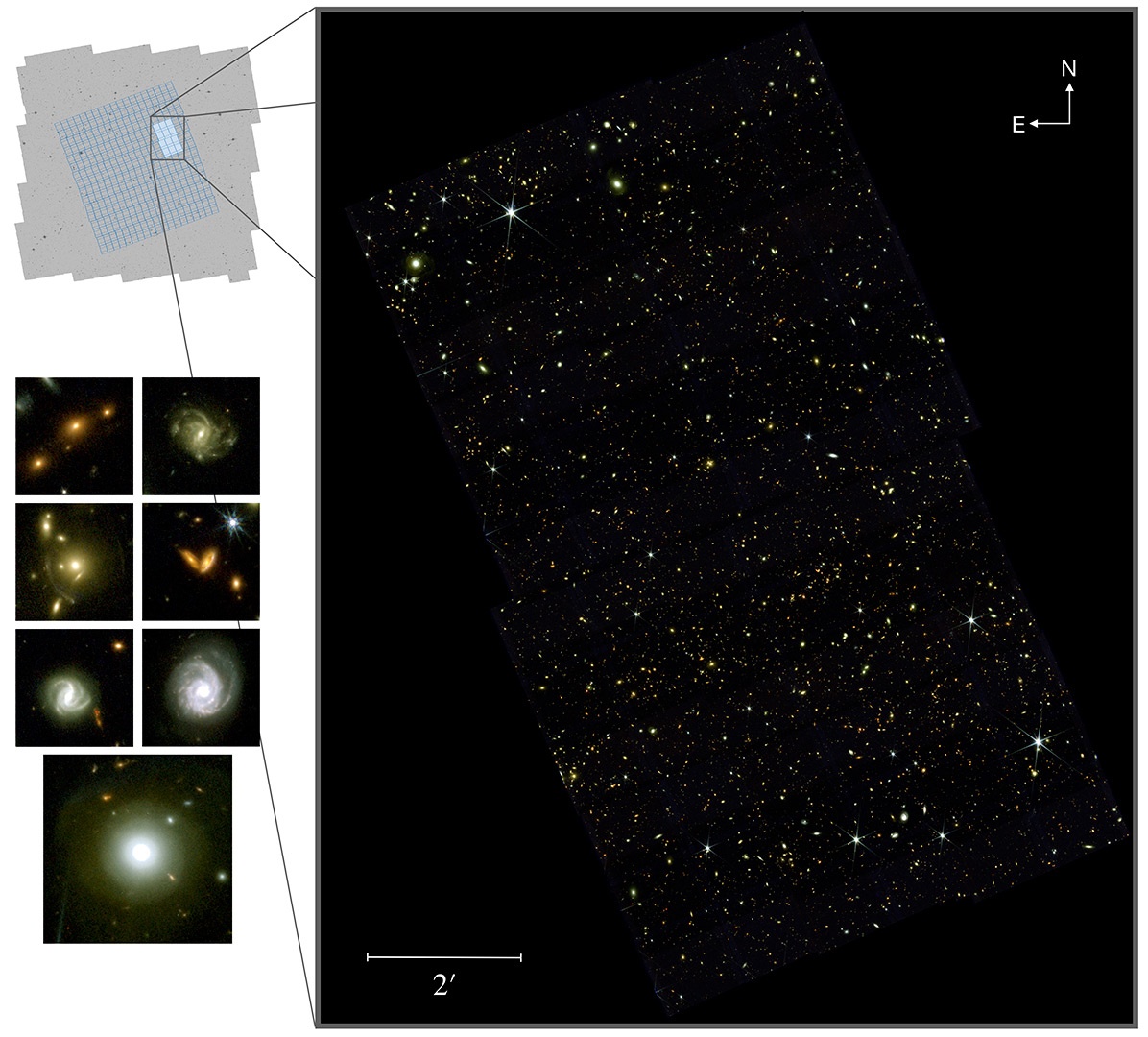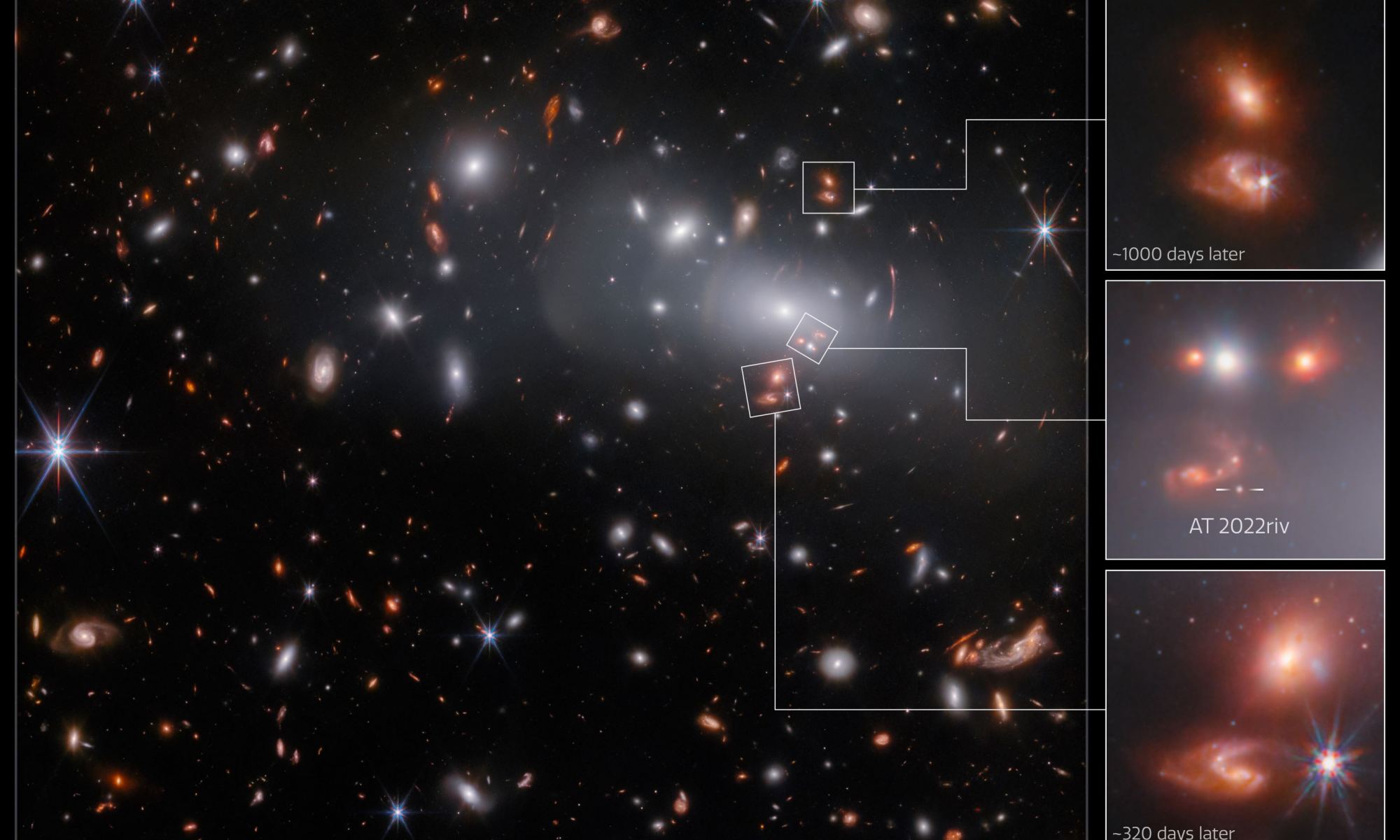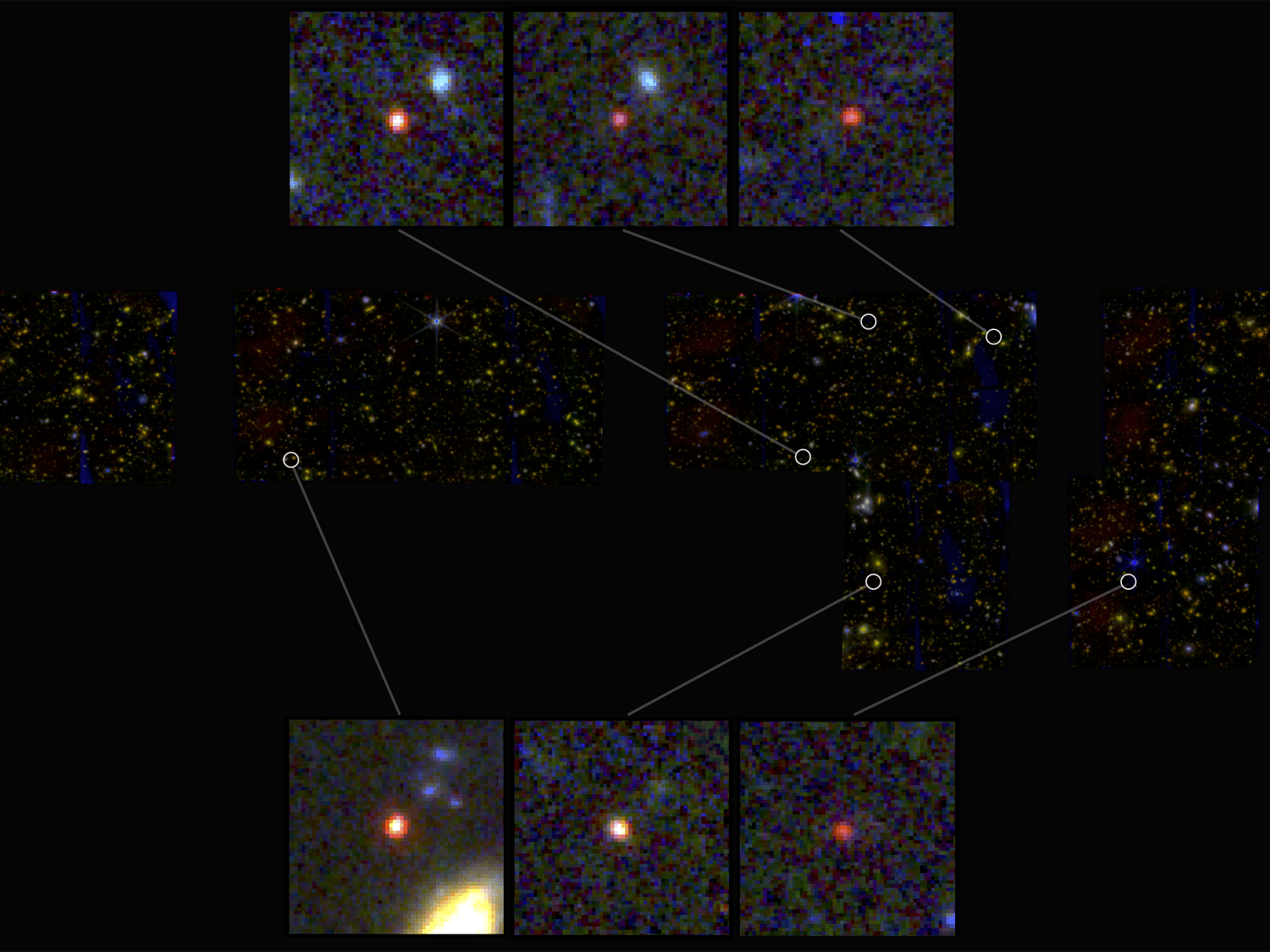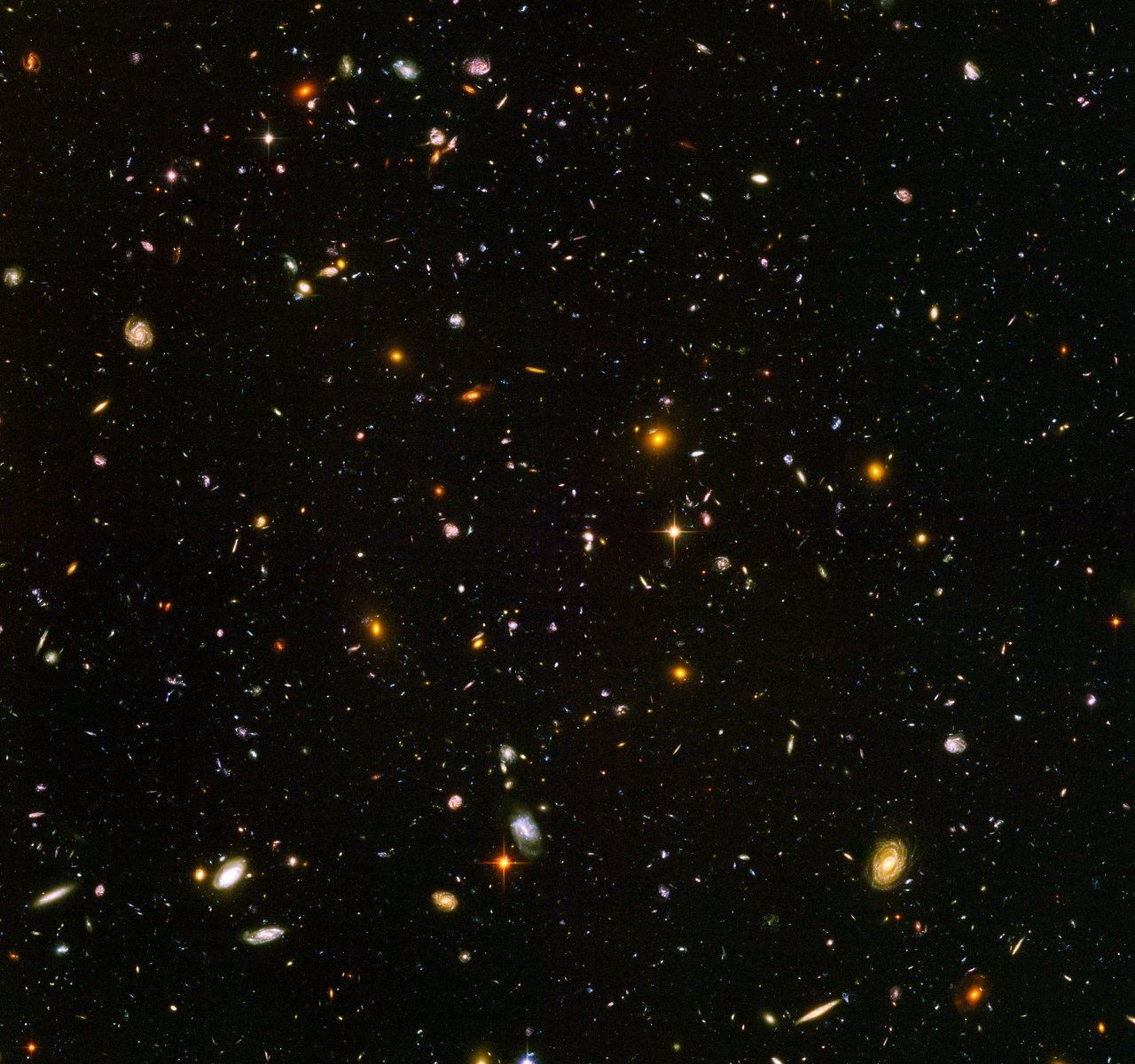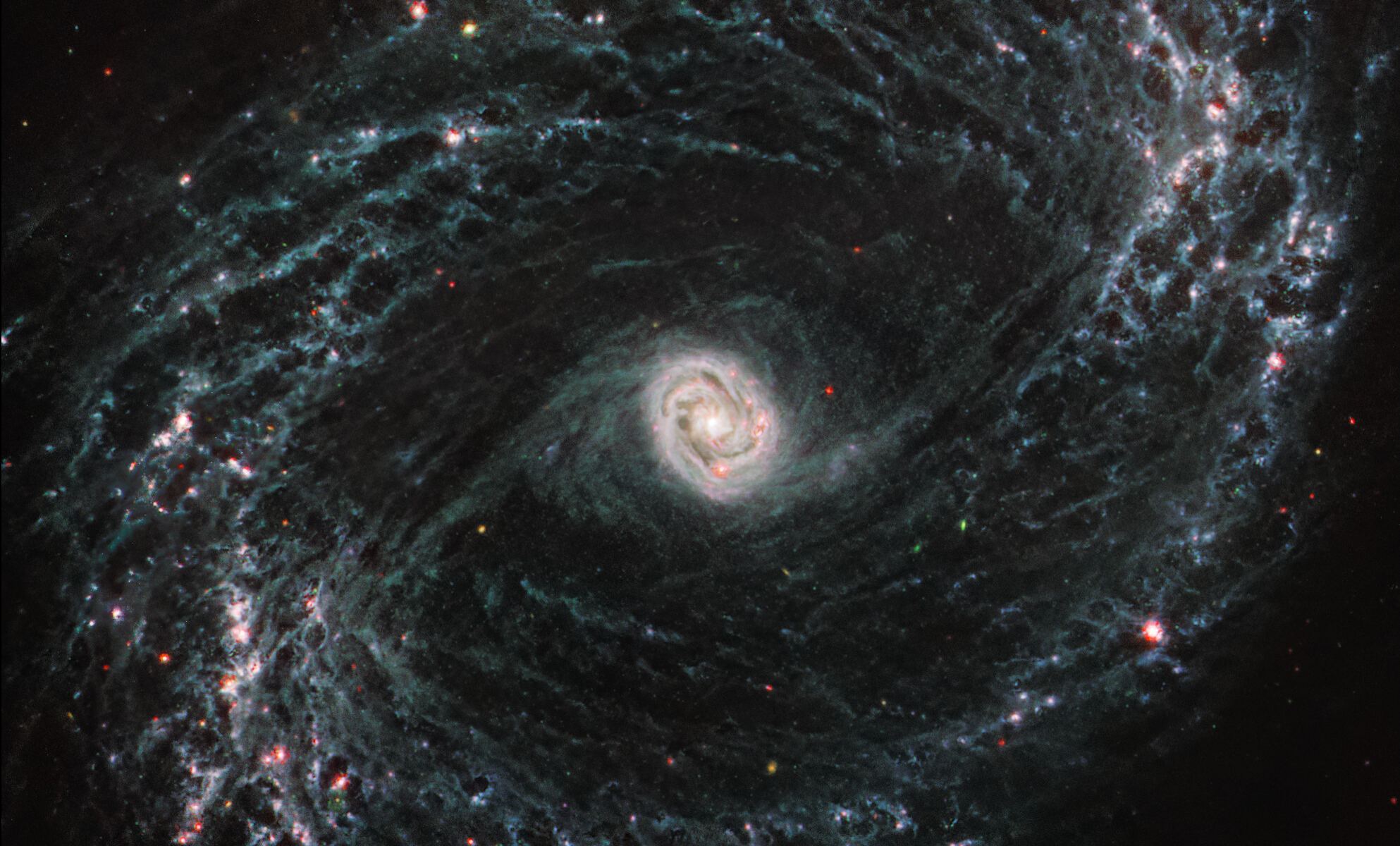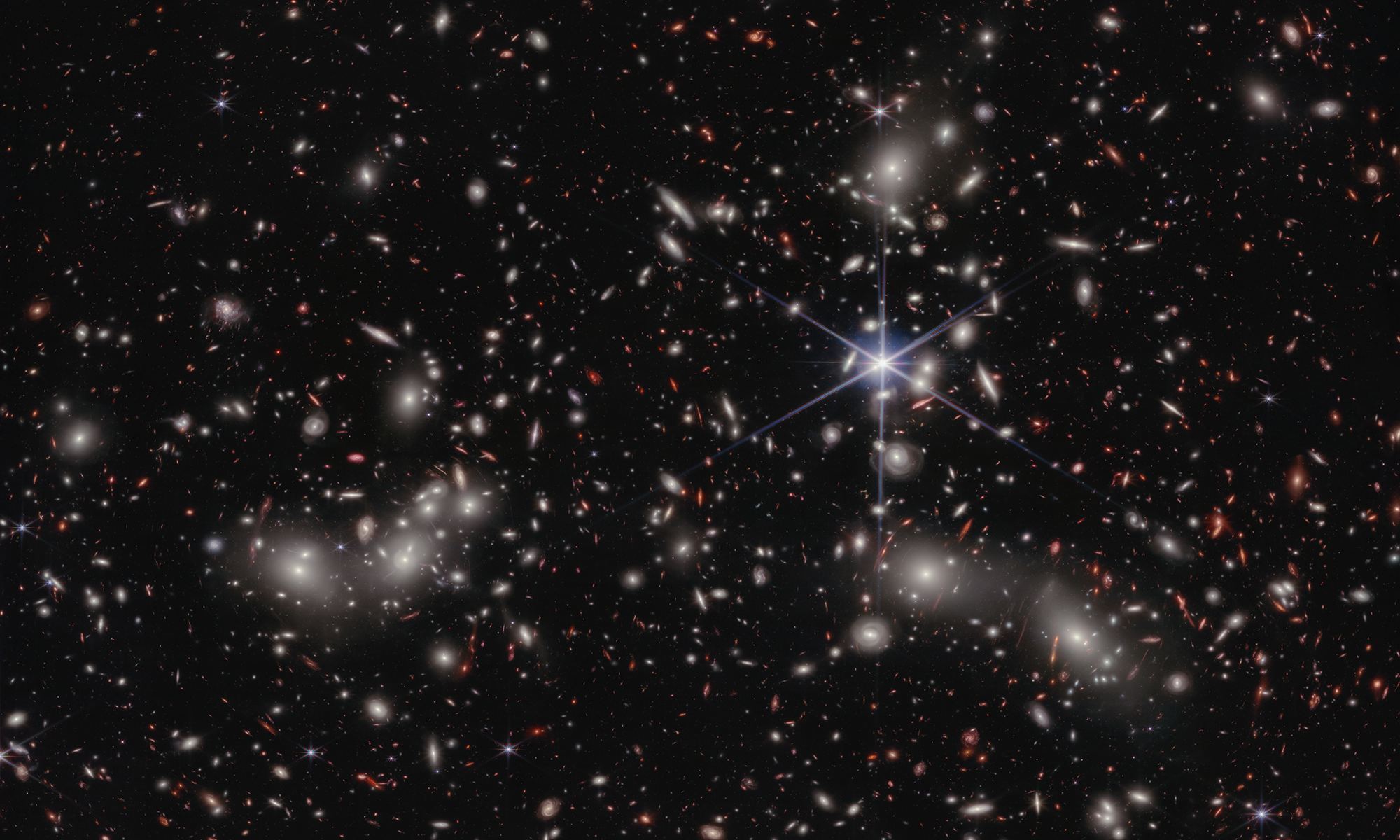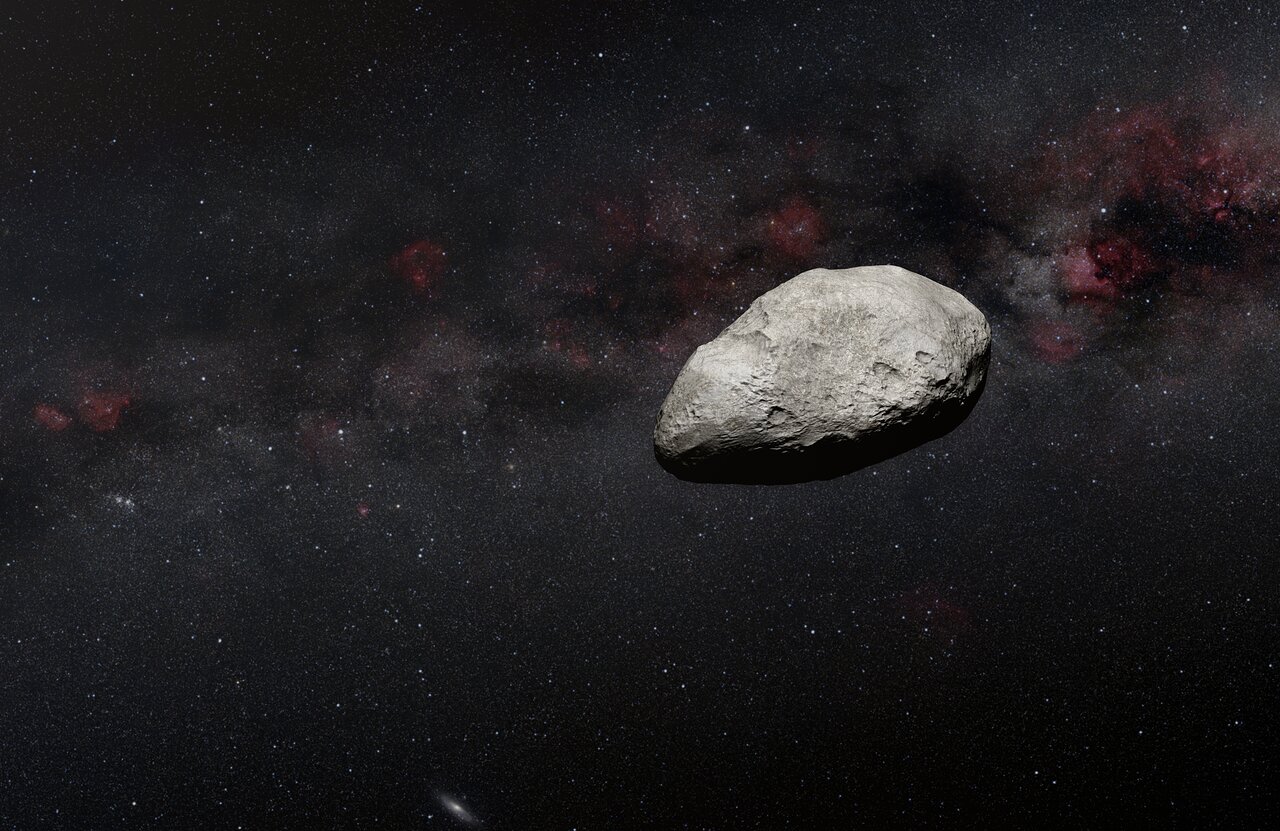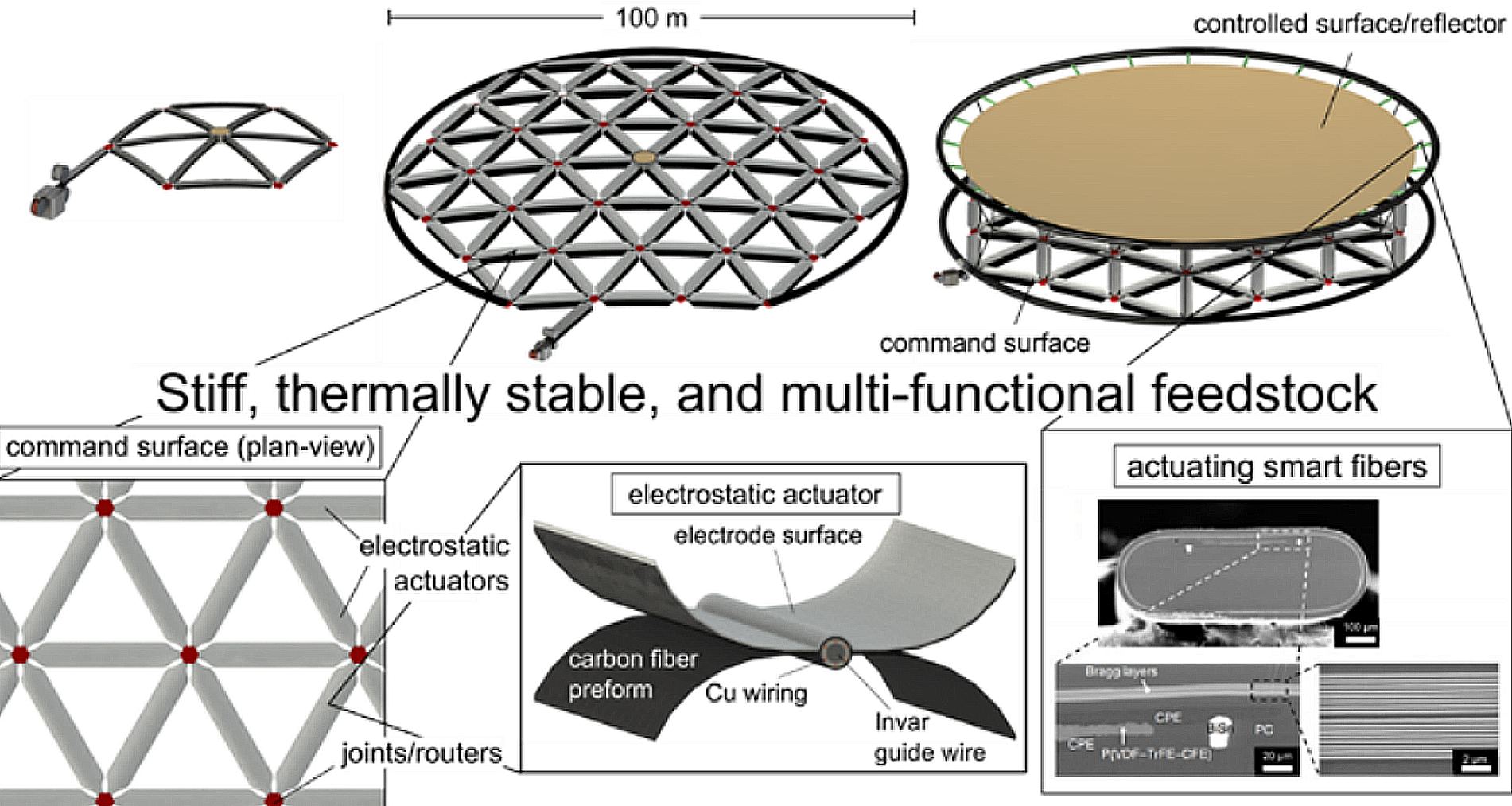Massive stars are sprinters. It might seem counterintuitive that stars 100 or 200 times more massive than our Sun could only survive for as few as 10 million years. Especially since smaller stars like our Sun can last 10 billion years. Massive stars have huge reservoirs of hydrogen to burn through, but their massive size means fusion eats through their hydrogen much more quickly.
These massive stars are destined to reach the finish line quickly and explode as supernovae. There’s no other conclusion for them. But before they explode, some of them become Wolf-Rayet stars. That stage doesn’t last long, and the James Webb Space Telescope caught one in the act.
Continue reading “Prelude to a Supernova: The James Webb Captures a Rare Wolf-Rayet Star”

